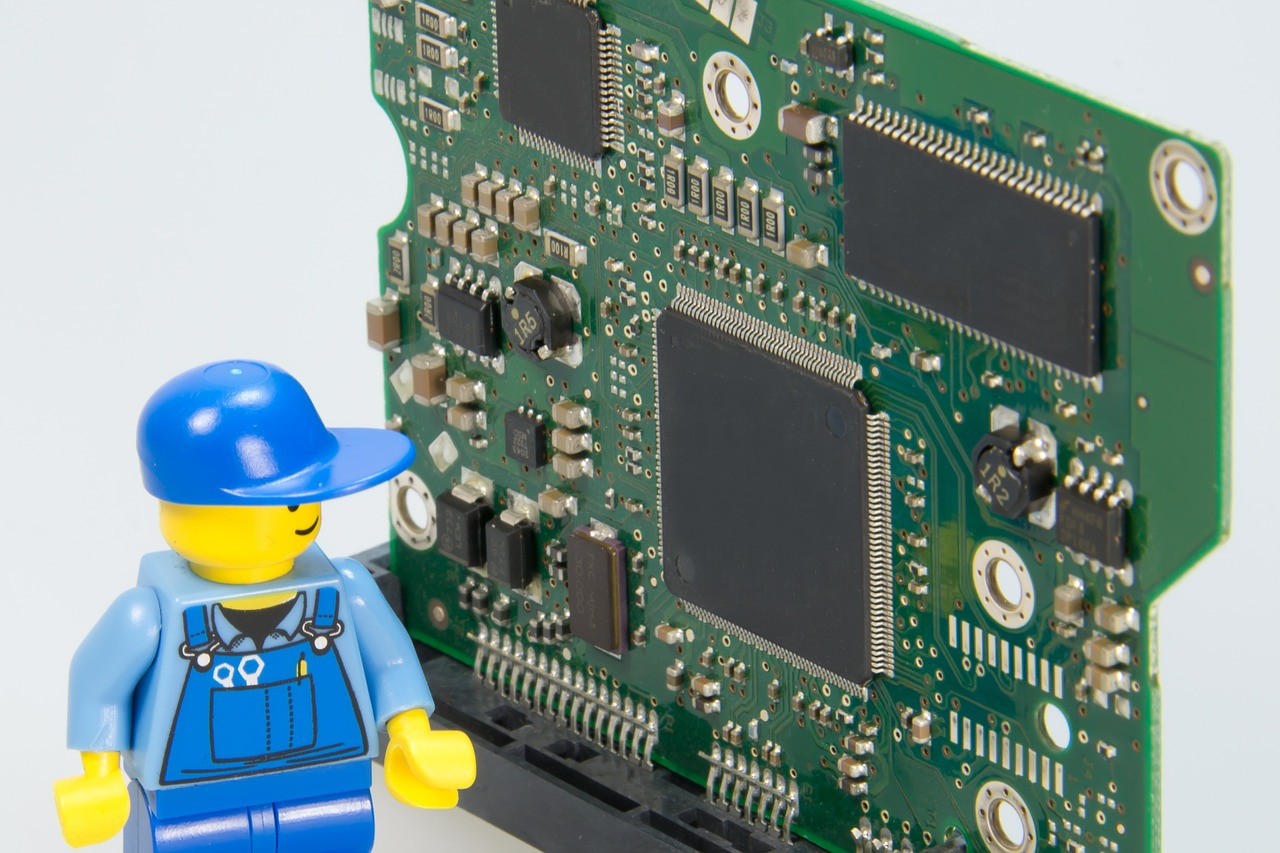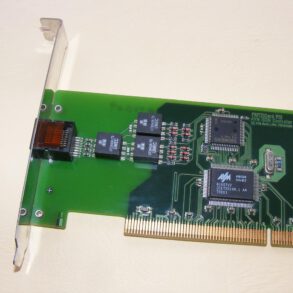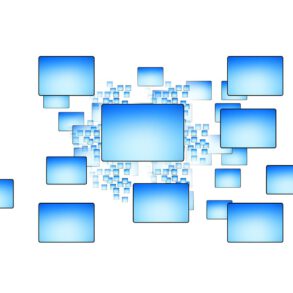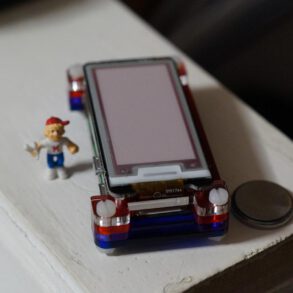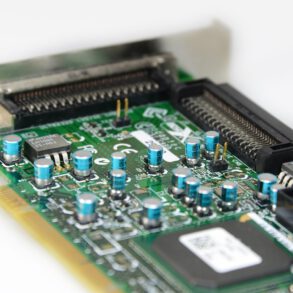Or NIC for short) acts as the interface between a computer and a network cable. The purpose of the network card is to prepare, send, and control data on the network.
A network card usually has two indicator lights (LEDs):
- The green LED shows that the card is receiving electricity;
- The orange (10 Mb/s) or red (100 Mb/s) LED indicates network activity (sending or receiving data). To prepare data to be sent the network card uses a transceiver, which transforms parallel data into serial data. Each cart has a unique address, called a MAC address, assigned by the card’s manufacturer, which lets it be uniquely identified among all the network cards in the world.
Network cards have settings which can be configured. Among them are hardware interrupts (IRQ), the I/O address and the memory address (DMA).
To ensure that the computer and network are compatible, the card must be suitable for the computer’s data bus architecture, and have the appropriate type of socket for the cable. Each card is designed to work with a certain kind of cable. Some cards include multiple interface connectors (which can be configured using jumpers, DIP switches, or software). The most commonly used are RJ-45 connectors.
Note: Certain proprietary network topologies which use twisted pair cables employ RJ-11 connectors. These topologies are sometimes called “pre-10BaseT “.
Finally, to ensure that the computer and network are compatible, the card must by compatible with the computer’s internal structure (data bus architecture) and have a connector suitable for the kind of cabling used.
What is the role of a network card?
A network card is the physical interface between the computer and cable. It converts the data sent by the computer into a form which can be used by the network cable, transfers that data to another computer and controls the dataflow between the computer and cable. It also translates the data coming from the cable into bytes so that the computer’s CPU can read it. This is why a network card is an expansion card inserted into an expansion slot.
Preparing data
- The first buses transported 8 bits at a time.
- IBM’s PC/AT computer introduced the first 16-bit buses.
- Today, most buses are 32-bit. However, data travels on cables in series (only one channel), moving in only one direction. The computer can send OR receive data, but cannot do both at once. For this reason, the network card restructures a group of data arriving in parallel into a serial (1-bit) data stream.
To do so, the digital signals are transformed into electrical or optical signals which can travel over network cables. The device that translates them is called the transceiver.
The role of the identifier
- The card converts data and notifies the rest of the network of its address, so that it can be told apart from the other network cards.
- MAC addresses: Defined by the IEEE (Institute of Electrical and Electronics Engineer), which assigns ranges of addresses to each manufacturer of network cards.
- They are inscribed on the cards’ chips, and as a result, each card has a unique MAC address on the network.
Other network card functions
The computer and the card must communicate so that data can travel between them. For this reason, the computer assigns part of its memory to cards that include DMA (Direct Access Memory).
The interface card indicates that another computer is requesting data from that computer.
The computer’s bus transfers the data from the computer memory to the network card.
If the data is moving too fast for the adapter to process, they are placed in the card’s buffer memory (RAM), where they are temporarily stored while the data is being sent and received.
Sending and controlling data
